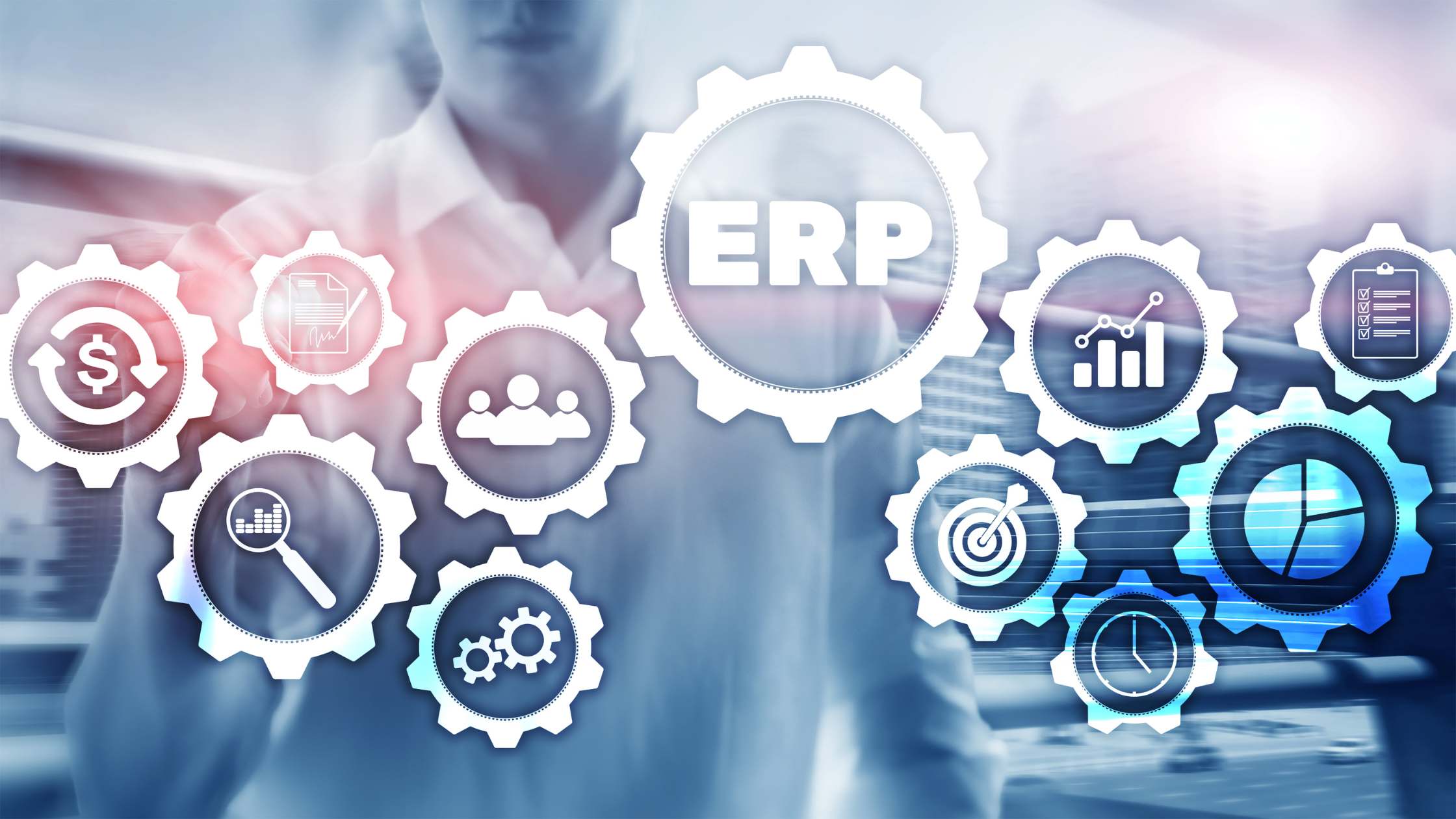
Integrating CMMS with Enterprise Systems
The modern business environment demands seamless integration between various software systems to drive operational efficiency, improve resource management, and enhance financial tracking. For organizations heavily reliant on maintenance operations, integrating a CMMS like Nexcilo with enterprise systems such as Enterprise Resource Planning (ERP), Human Resources (HR), and supply chain management systems can be transformative. Let’s explore how these integrations can benefit your organization.
Resource Management
- Optimized Asset Utilization
Integrating CMMS with ERP systems ensures that maintenance data and asset management information are synchronized across the organization. This integration allows for real-time tracking of asset performance and utilization. For example, Nexcilo can provide valuable insights into equipment lifespan and maintenance needs, which can be leveraged by ERP systems to optimize production schedules and resource allocation.
- Streamlined Maintenance Planning
When a CMMS like Nexcilo is integrated with HR systems, it facilitates better scheduling and assignment of maintenance tasks. Maintenance managers can access employee availability, skill sets, and certifications directly from the HR system, ensuring that the right personnel are assigned to the right tasks. This not only improves efficiency but also enhances safety and compliance by ensuring that only qualified staff perform critical maintenance activities.
Financial Tracking
- Accurate Cost Allocation
Integrating CMMS with ERP systems allows for more accurate tracking of maintenance costs. Every maintenance activity, from routine inspections to major repairs, can be logged and linked to specific cost centers within the ERP system. This integration enables precise cost allocation, helping organizations better understand the financial impact of maintenance activities and make informed budgeting decisions.
- Enhanced Budgeting and Forecasting
The financial data generated by Nexcilo can be integrated into ERP systems to improve budgeting and forecasting. By analyzing historical maintenance costs and trends, organizations can develop more accurate maintenance budgets and forecasts. This proactive approach helps in allocating resources more effectively and avoiding unexpected expenses.
- Improved Procurement Processes
Supply chain systems integrated with Nexcilo CMMS can streamline procurement processes. When maintenance managers generate work orders, the system can automatically check inventory levels and initiate purchase orders for necessary parts and materials. This reduces delays in maintenance activities caused by inventory shortages and ensures that critical supplies are always available when needed.
Operational Efficiency
- Real-Time Data Sharing
Integrating CMMS with enterprise systems facilitates real-time data sharing across departments. Maintenance data collected by Nexcilo, such as equipment status, work order progress, and maintenance history, can be accessed by other systems in real-time. This integration breaks down data silos and ensures that all departments have access to the same up-to-date information, enhancing collaboration and decision-making.
- Automated Workflows
The integration of CMMS with ERP and HR systems enables the automation of various workflows. For instance, when a maintenance request is approved, the system can automatically generate work orders, notify relevant personnel, and update inventory levels. This automation reduces manual intervention, minimizes errors, and accelerates maintenance processes.
- Comprehensive Reporting and Analytics
Integrating Nexcilo with enterprise systems enhances reporting and analytics capabilities. By combining data from CMMS, ERP, HR, and supply chain systems, organizations can generate comprehensive reports and gain deeper insights into their operations. For example, they can analyze the correlation between maintenance activities and production output, identify trends in equipment failures, and assess the effectiveness of maintenance strategies.
Case Studies and Real-World Examples
- Manufacturing Industry
A manufacturing company integrated Nexcilo CMMS with its ERP and supply chain systems. This integration allowed the company to track equipment performance in real-time, optimize maintenance schedules based on production demands, and streamline the procurement of spare parts. As a result, the company reduced downtime by 20%, improved equipment reliability, and achieved significant cost savings.
- Healthcare Sector
A hospital integrated its CMMS with ERP and HR systems to enhance facility management. The integration enabled the hospital to schedule maintenance activities based on patient occupancy levels, ensure that maintenance tasks were assigned to qualified personnel, and accurately track maintenance costs. This led to improved facility conditions, enhanced patient safety, and better financial control.
- Hospitality Industry
A hotel chain integrated its CMMS with ERP, HR, and supply chain systems to manage maintenance across multiple locations. The integration facilitated real-time data sharing, automated work order generation, and streamlined procurement processes. The hotel chain achieved a higher level of maintenance efficiency, improved guest satisfaction, and reduced operational costs.
Conclusion
Integrating CMMS with enterprise systems like ERP, HR, and supply chain management unlocks new possibilities for improving resource management, financial tracking, and overall operational efficiency. By breaking down data silos and enabling seamless information flow across departments, organizations can achieve a higher level of maintenance effectiveness, reduce costs, and enhance their competitive advantage.
Nexcilo CMMS stands out as a powerful tool that can be integrated with various enterprise systems to drive these benefits. As businesses continue to seek ways to optimize their operations, investing in such integrations will be key to staying ahead in a rapidly evolving landscape.




